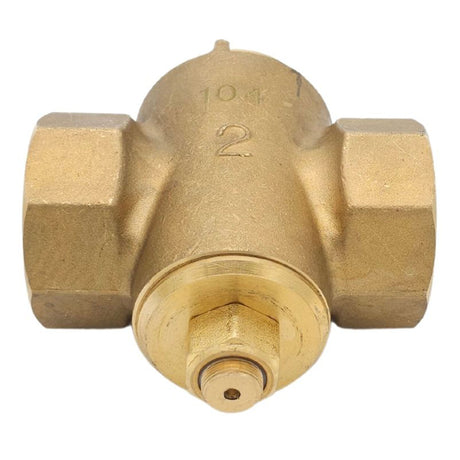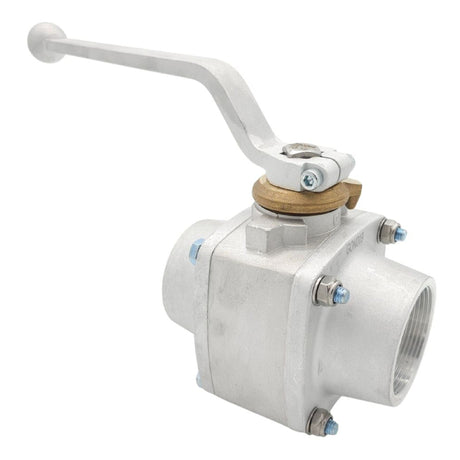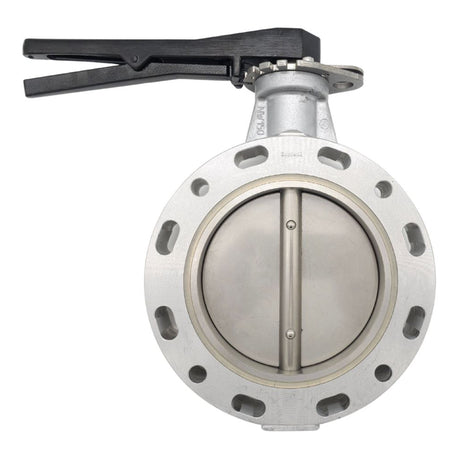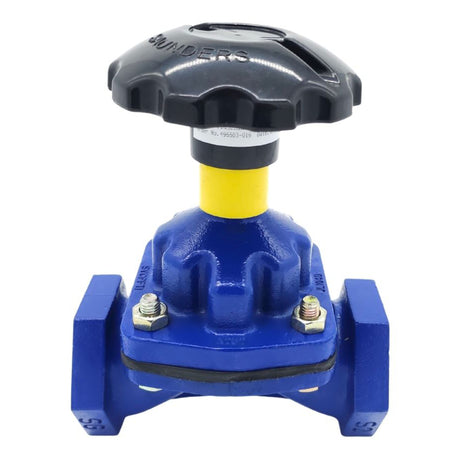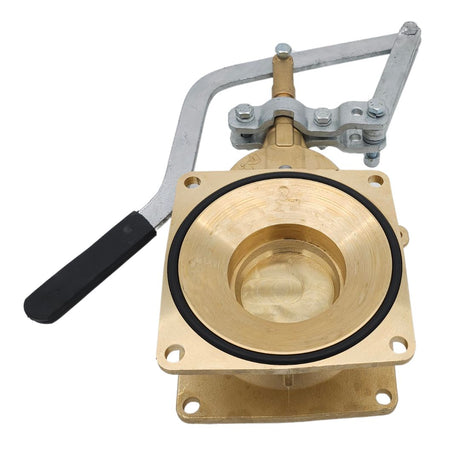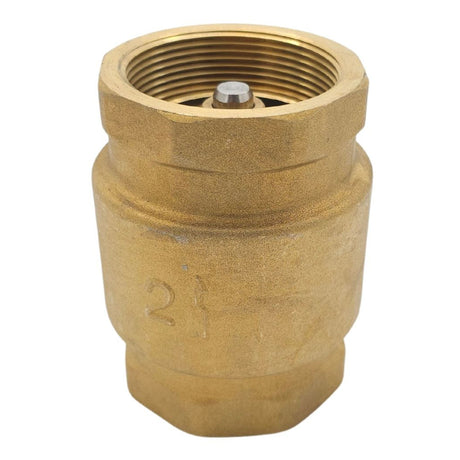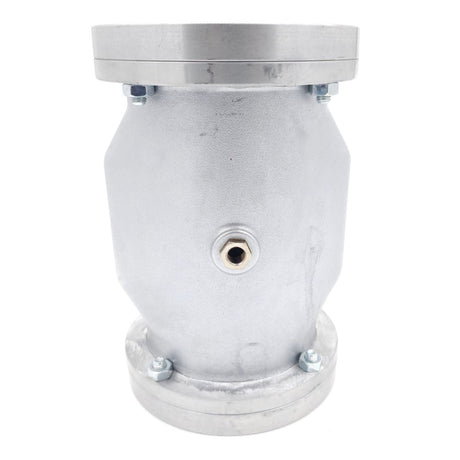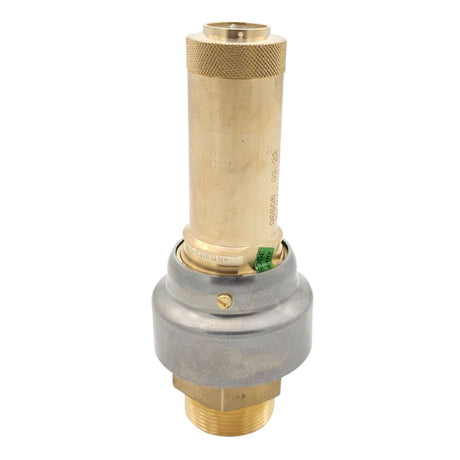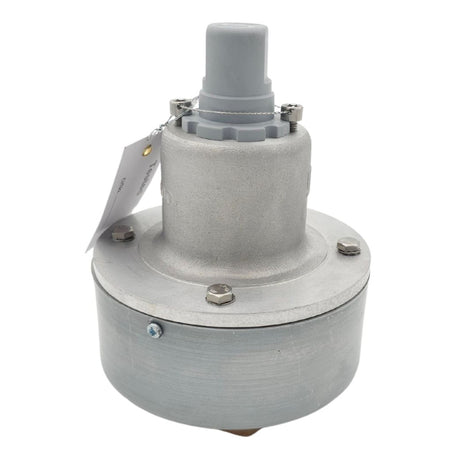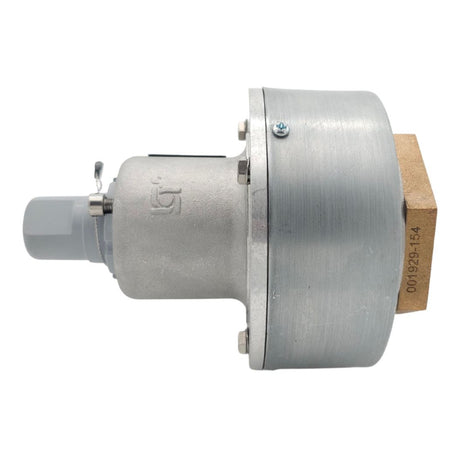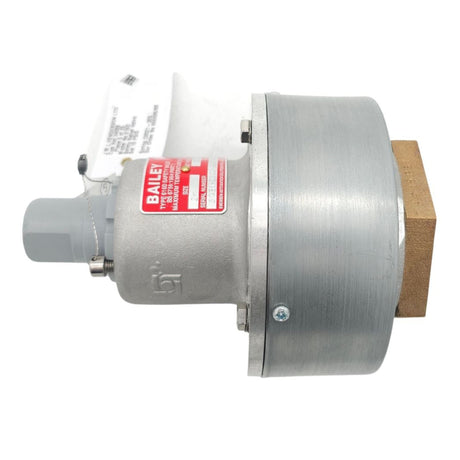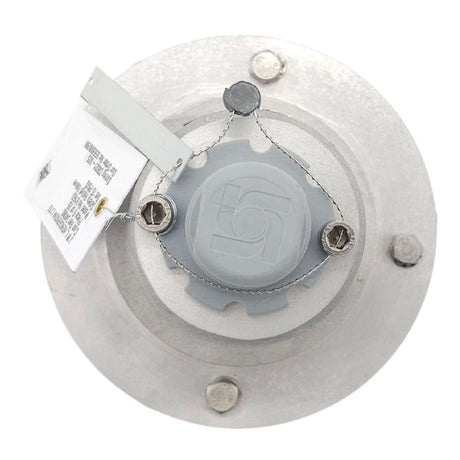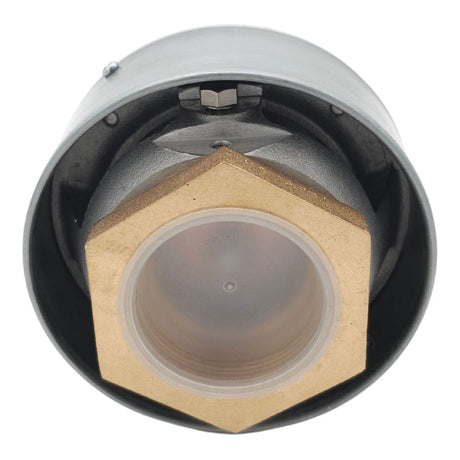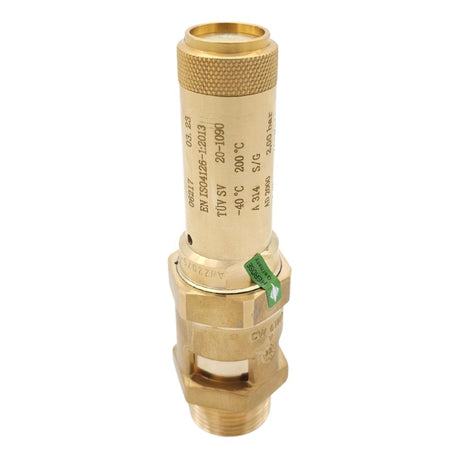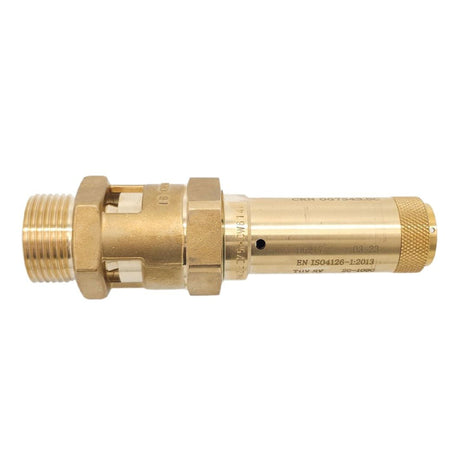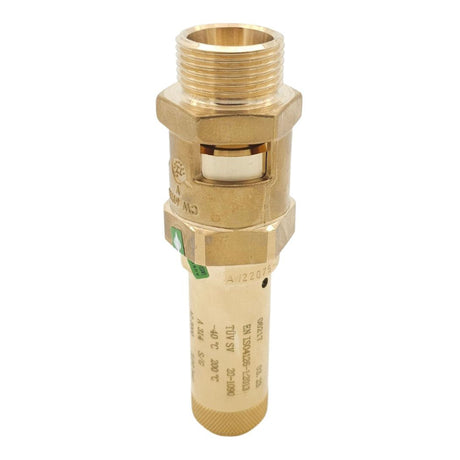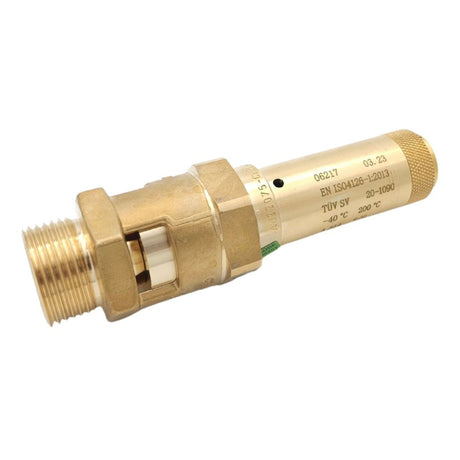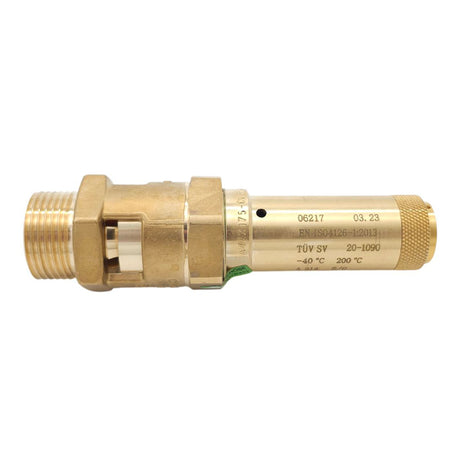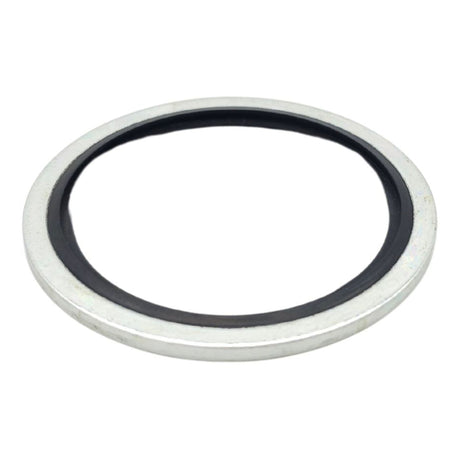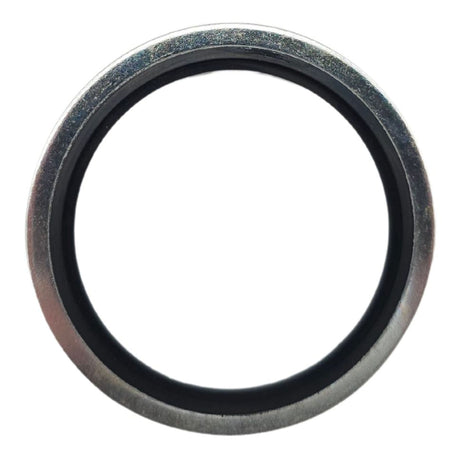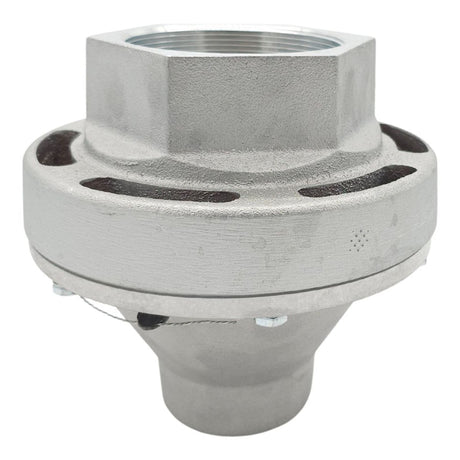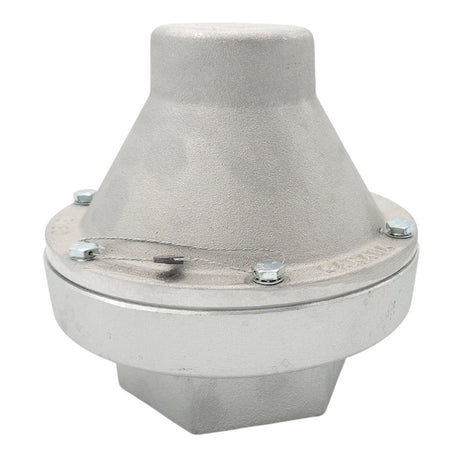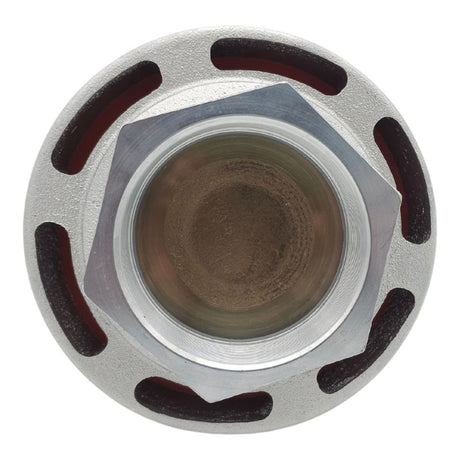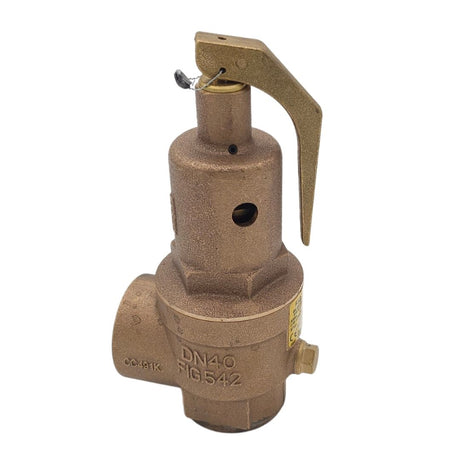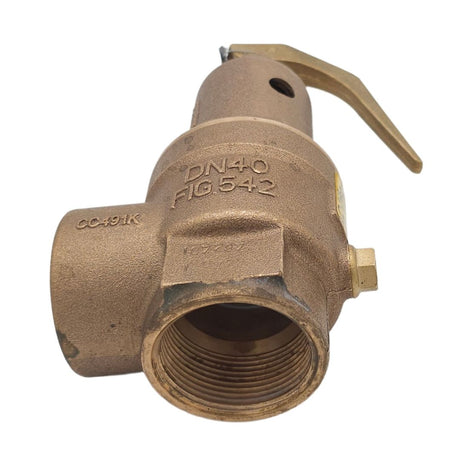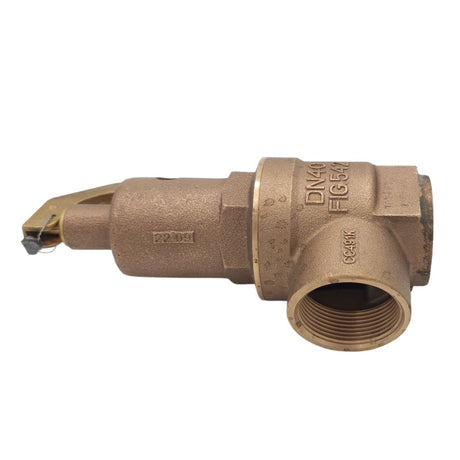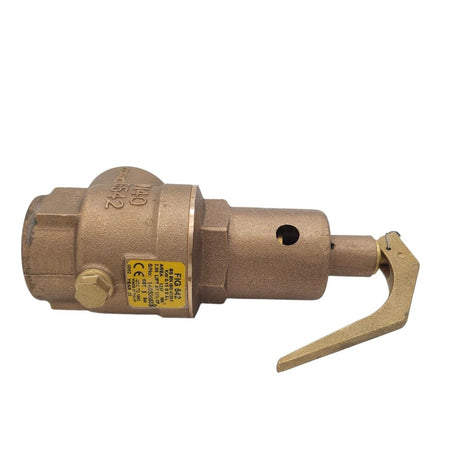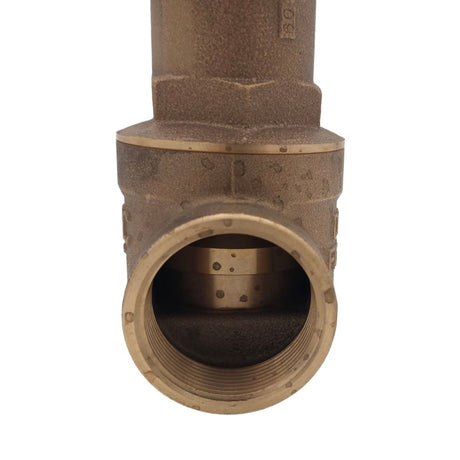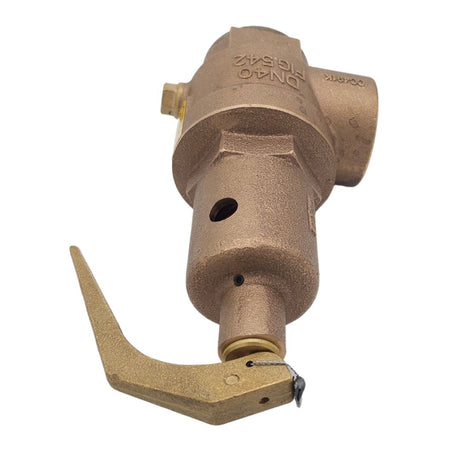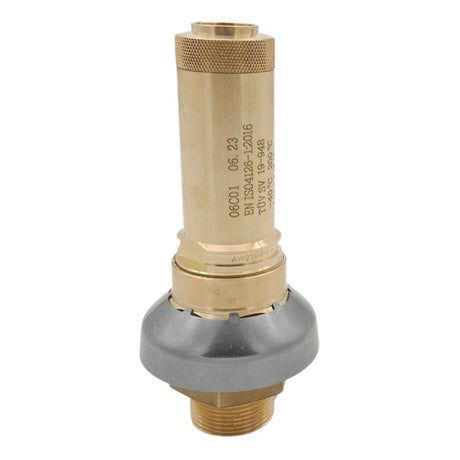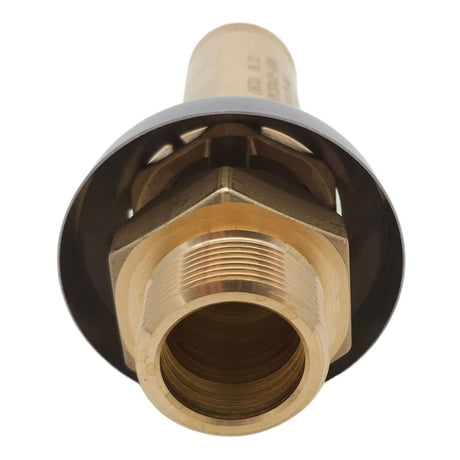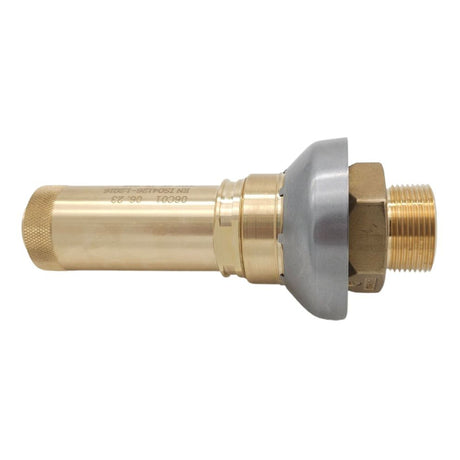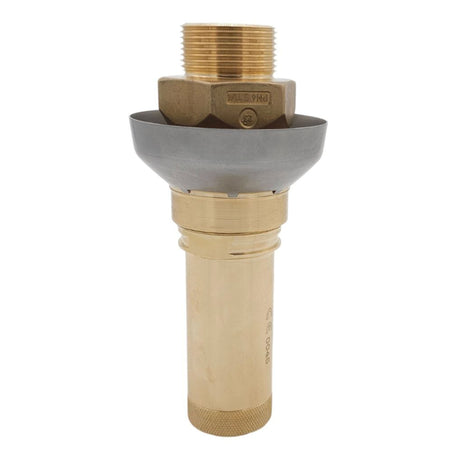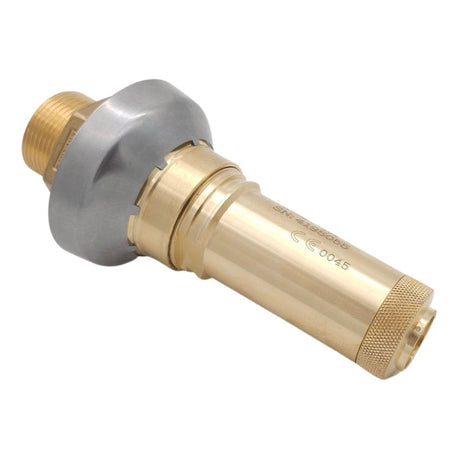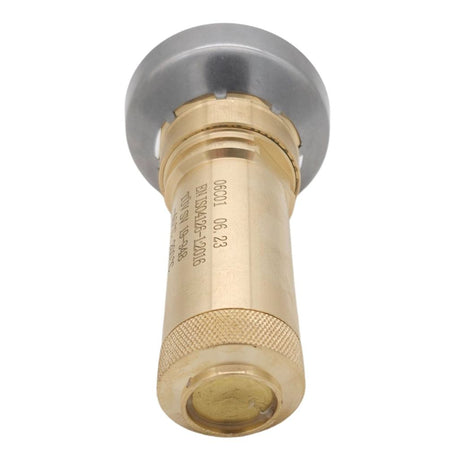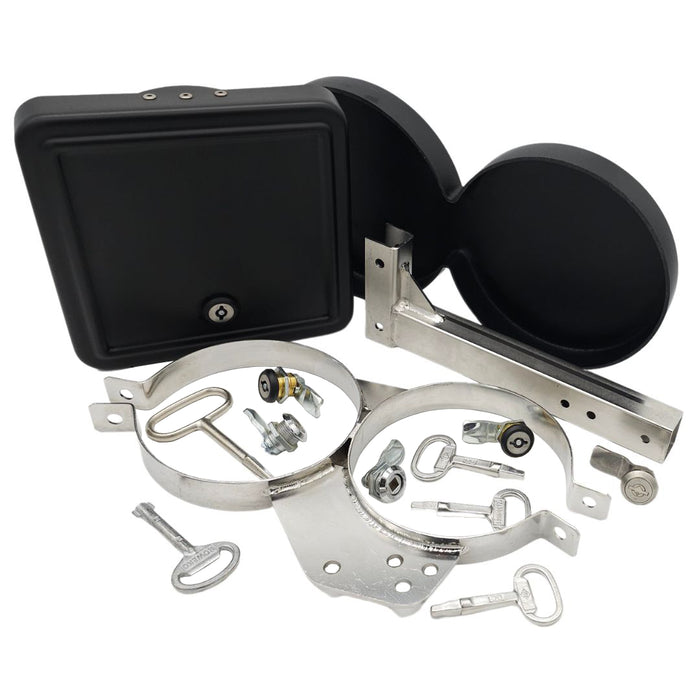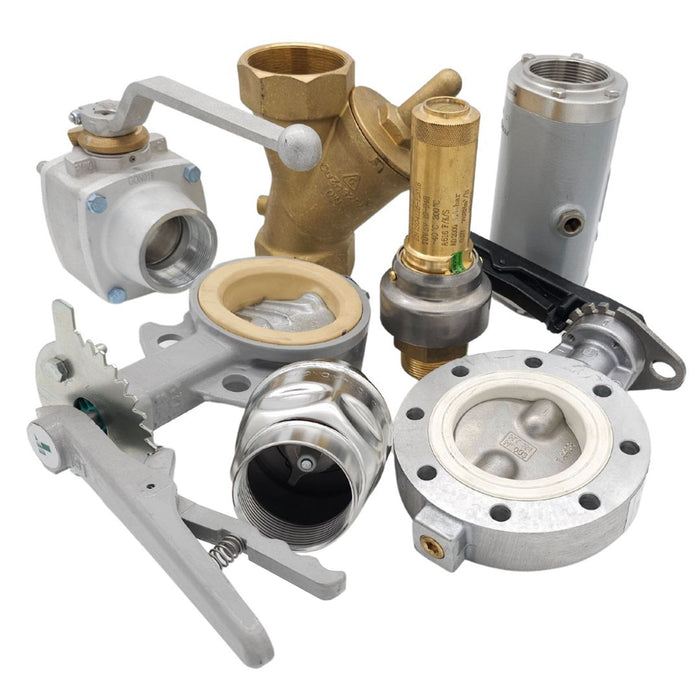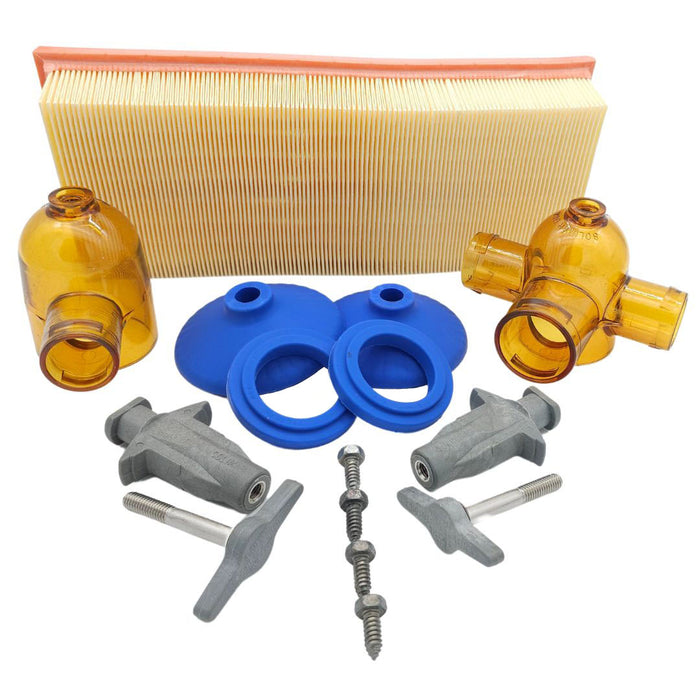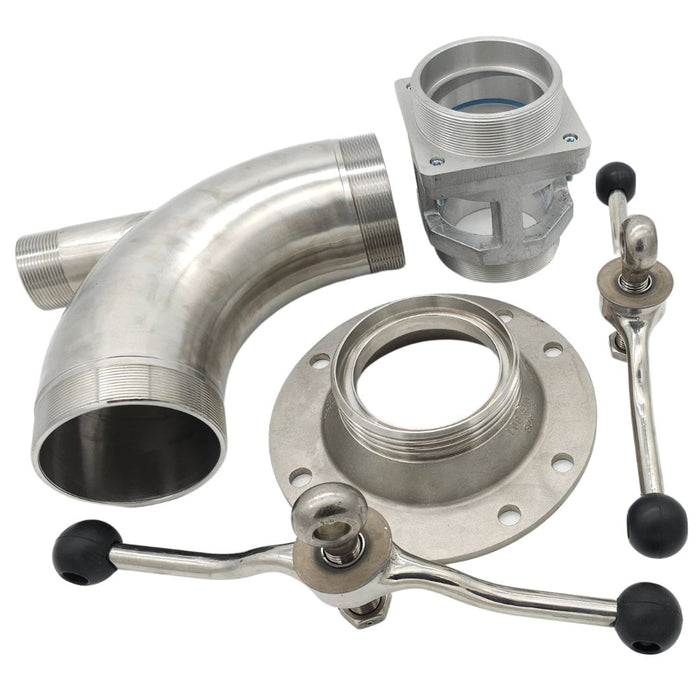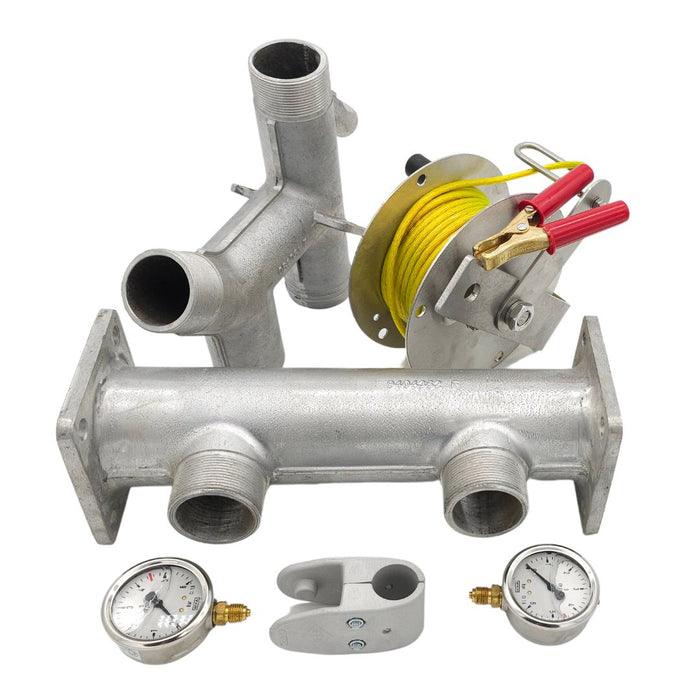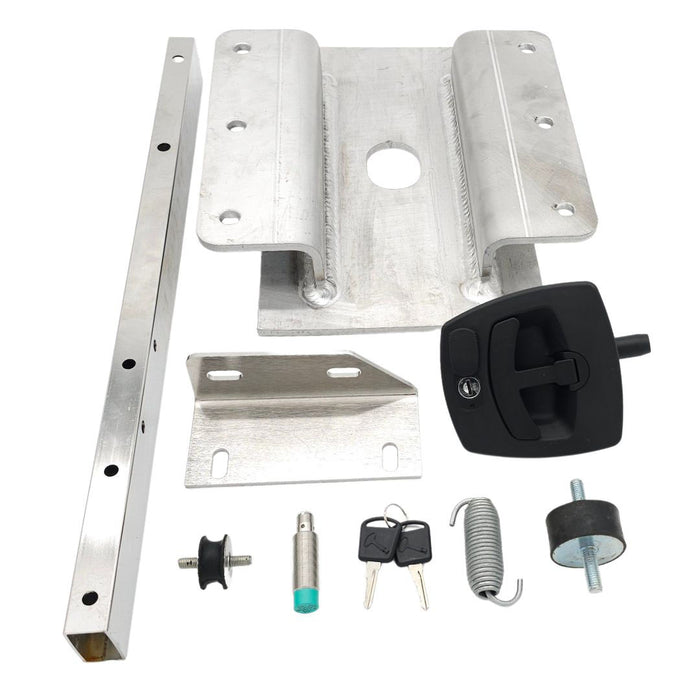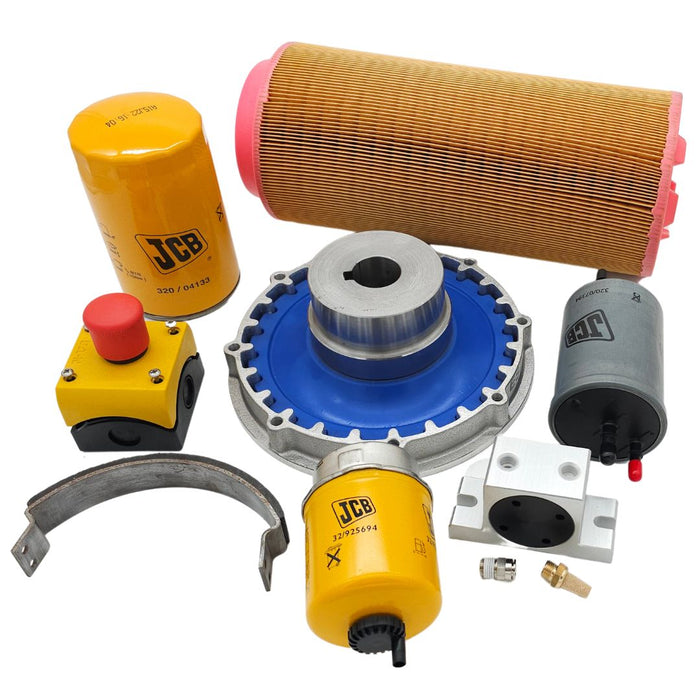Bailey Birkett 616D Pressure Relief Safety Valve
Regular price £0.01Unit price /UnavailableHerose 06217 Pressure Relief Safety Valve
Regular price £0.01Unit price /Unavailable- Regular price £0.01Unit price /Unavailable
BAYCO Pressure Relief Valve 3"
Regular price £0.00Unit price /Unavailable- Regular price £0.00Unit price /Unavailable
Herose 06C01 Pressure Relief Valve with Cowl
Regular price £0.00Unit price /Unavailable
Pressure relief valves are critical safety devices designed to protect fluid systems from excessive pressure by automatically releasing fluid when the pressure exceeds a predetermined limit. These valves are essential in industries such as oil and gas, chemical processing, water management, and power generation, where maintaining safe pressure levels is vital for preventing equipment damage, system failure, or potential hazards. By ensuring that pressure stays within safe operating limits, pressure relief valves play a key role in safeguarding both personnel and machinery.
The design of a pressure relief valve typically includes a spring-loaded or pilot-operated mechanism that opens the valve when pressure rises above the set threshold. Once the excess pressure is released, the valve reseals itself to maintain system stability. Pressure relief valves are available in various configurations, such as direct-acting spring-loaded valves for simple and compact systems and pilot-operated valves for applications requiring precise pressure control and higher flow rates. They are constructed from robust materials such as stainless steel, brass, or cast iron, ensuring durability and compatibility with a wide range of fluids and operating conditions.
Pressure relief valves are highly customizable, with adjustable pressure settings to suit specific system requirements. Available in various sizes and pressure ratings, they can be integrated into small-scale or large industrial systems with ease. Regular inspection and maintenance are essential to ensure these valves function correctly, as their performance is critical to overall system safety. By providing reliable overpressure protection, pressure relief valves enhance the efficiency and safety of fluid handling systems, making them indispensable in any operation that requires consistent and controlled pressure management.Interested in a Quote?
Advantages of Using Pressure Relief Valves
-
Protection Against Overpressure
-
Safety Assurance
-
Automatic Operation
-
System Efficiency and Continuity
-
Customizable Set Pressure
-
Compliance with Industry Standards

